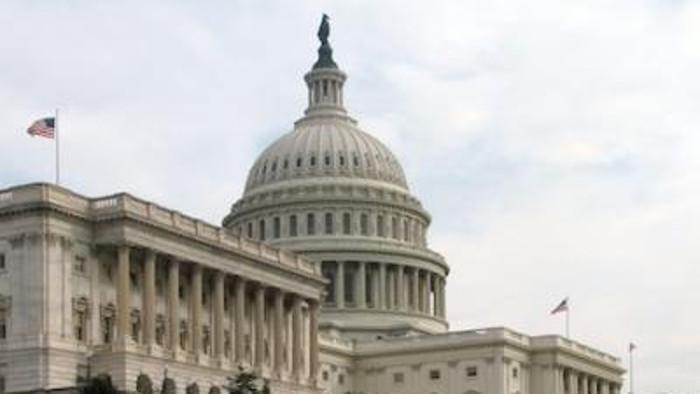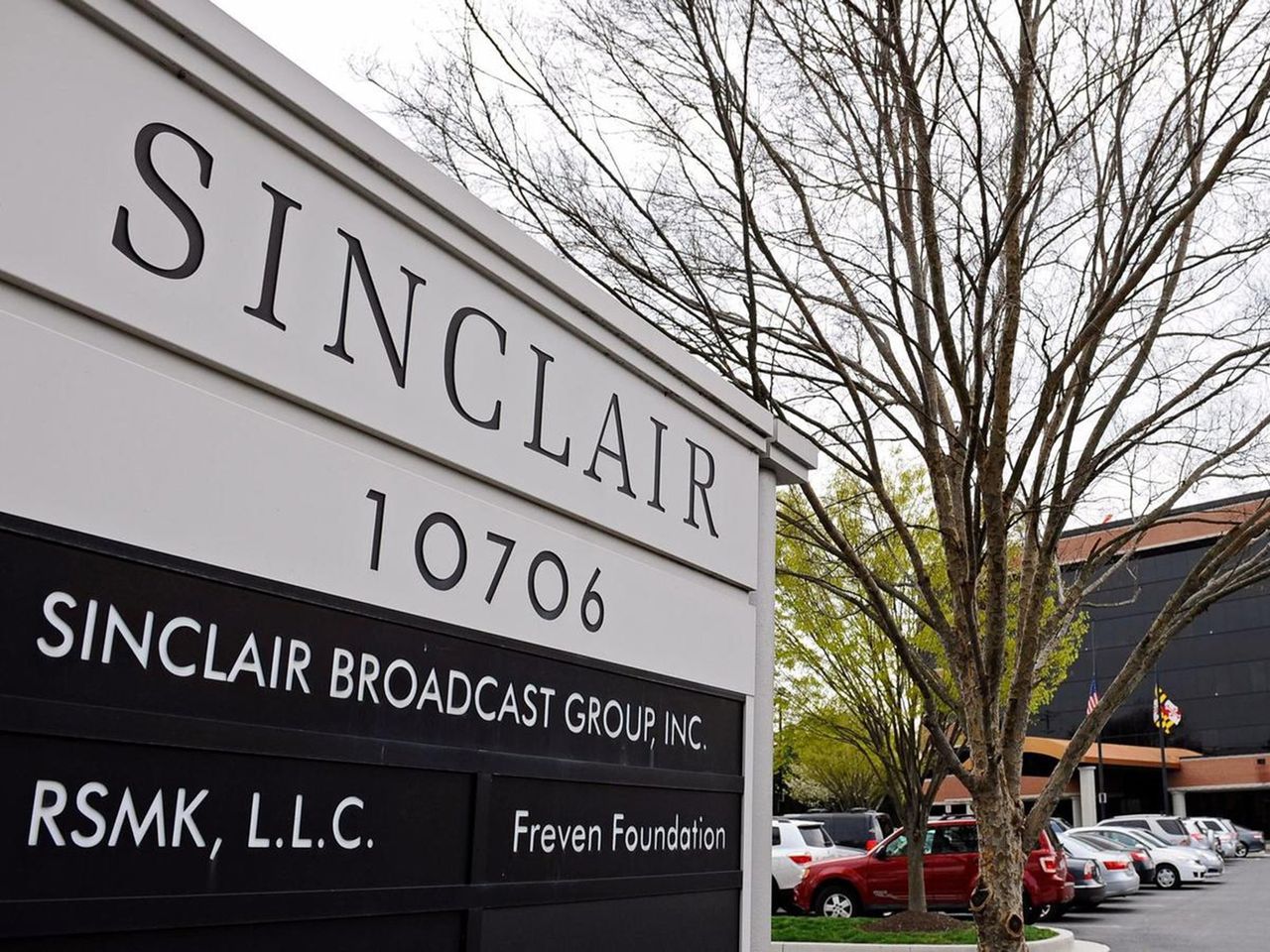
In testimony in front of Congress this week, NAB President Curtis LeGeyt warned lawmakers that while the increasing use of artificial intelligence could help broadcasters better inform consumers, they need to keep a “close eye” on its risks, particularly in terms of copyright and misinformation.

Speaking to the U.S. Senate Judiciary Committee’s Subcommittee on Privacy, Technology and the Law hearing, Oversight of A.I.: The Future of Journalism, on Wednesday, LeGeyt echoed many of the concerns that had been raised in a blog posted to nab.org last spring by Anna Chauvet, vice president of public policy for the association.
After citing numerous studies showing local TV and radio broadcasters the most trusted source of news and information in local communities, LeGeyt noted that AI has great potential in helping broadcasters make news more accurate and accessible.
“One broadcaster is piloting a tool that will use AI to quickly cull through inbound tips from email and social media to produce recommendations that they can verify and turn into impactful stories,” LeGeyt told the committee. “Other broadcasters are using AI to translate their stories into other languages to better serve diverse audiences. When AI can help these local journalists—real people—perform their jobs in their communities, we welcome it.”
Nevertheless concerns over the use of AI to violate copyright laws and promote misinformation are well known and make broadcasters more vulnerable when AI is used illegally.
“The use of broadcasters’ news content in AI models, without authorization, diminishes our audience trust and our reinvestment in local news,” LeGeyt said, citing a recent example of a West Virginia TV station having its news content lifted word for word by an unidentified “well-known” AI without its knowledge or consent.
“Not only are broadcasters losing out on compensation, but this unauthorized usage risks undermining trust as stations lose control over how their content is used and whether it is integrated with other unverified information,” LeGeyt added.
The professional video industry's #1 source for news, trends and product and tech information. Sign up below.
LeGeyt also warned about the use of AI to mimic the likenesses of TV or radio personalities to make it appear that they are spreading misinformation, hatred, perpetuating fraud, and even altering the image of a well-known anchor to advertise or promote something without their knowledge or consent.
Such “deep fakes” also spread to actual news reporting, LeGeyt noted, citing the use of AI-manipulated video in reporting on the violence in the Middle East.
"Following the October 7 terrorist attacks on Israel, fake photos and videos reached an unprecedented level on social media in a matter of minutes,” LeGeyt said. “Of the thousands of videos that one broadcast network sifted through to report on the attacks, only 10% of them were authentic and usable.”
While LeGeyt did not ask Congress to consider new legislation to combat these issues, the NAB has come out in favor of the “Journalism Competition and Preservation Act,” which was passed by the Senate last summer and would create a limited safe harbor to allow broadcasters to negotiate the fair market value of their content.
With increasing competition from AI-obsessed Silicon Valley, LeGeyt asked the subcommittee to remain vigilant.
“America’s broadcasters are extremely proud of the role we play in serving your constituents, and we are eager to embrace AI when it can be harnessed to enhance that critical role,” he said. “However, as we have seen in the cautionary tale of Big Tech, exploitation of new technologies can undermine local news. This subcommittee is wise to keep a close eye on AI, as well as the way our current laws are applied to it.”
Tom has covered the broadcast technology market for the past 25 years, including three years handling member communications for the National Association of Broadcasters followed by a year as editor of Video Technology News and DTV Business executive newsletters for Phillips Publishing. In 1999 he launched digitalbroadcasting.com for internet B2B portal Verticalnet. He is also a charter member of the CTA's Academy of Digital TV Pioneers. Since 2001, he has been editor-in-chief of TV Tech (www.tvtech.com), the leading source of news and information on broadcast and related media technology and is a frequent contributor and moderator to the brand’s Tech Leadership events.

